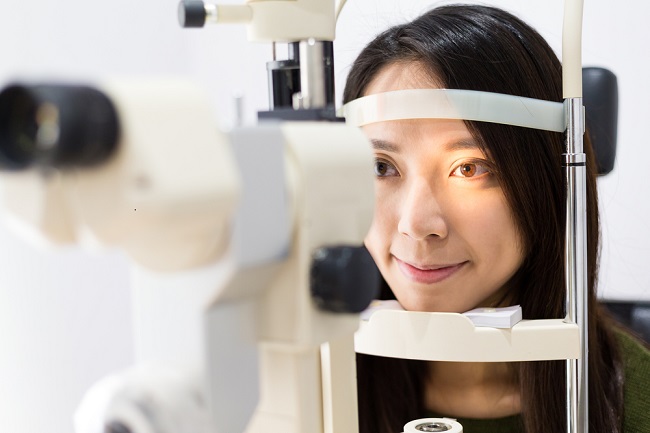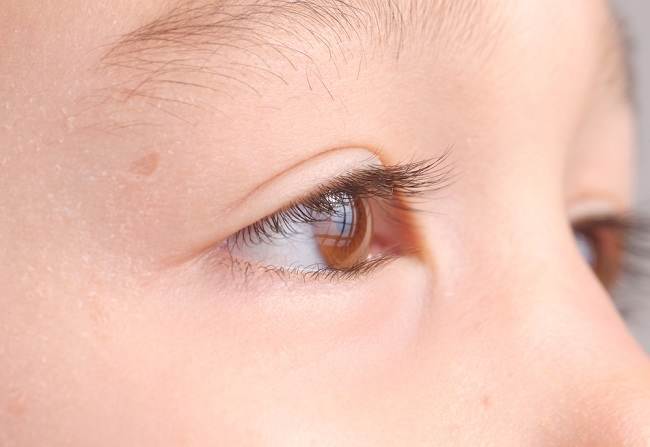There are different types of cataracts that can occur. This type of cataract is categorized based on the location of the cataract or based on how the cataract develops in the patient's eye.
Actually, all types of cataracts have one thing in common, namely clouding of the eye lens which causes visual disturbances. Most cataracts occur in the elderly (elderly) as the aging process.

However, there are also types of cataracts that can occur at a young age, even from birth. Therefore, it is important for you to know the various types of cataracts in order to anticipate this condition.
Types of Cataracts
The following are the different types of cataracts that usually occur:
1. Nuclear cataract
Nuclear cataract is a type of cataract that forms in the center of the lens. This type of cataract is most often found in the elderly. In the elderly who have farsightedness, the initial symptom of nuclear cataracts can be improvement of vision, because the appearance of cataracts creates a farsighted effect that counteracts farsightedness.
Meanwhile, in the elderly who have good eyesight, cataracts cause nearsightedness that blurs their vision. Over time the lens will harden, turn a dark yellow-brown color, and make it more difficult for the sufferer to see and distinguish colors.
2. Cortical cataract
This type of cataract occurs on the outer edge of the lens or in an area known as the cortex. Cortical cataracts form a white, wheel-like area that surrounds the lens. This condition makes the light that enters the eye is scattered and causes sufferers to often feel dazzled or experience blurred vision.
Usually, people with cortical cataracts experience vision problems when driving at night, seeing distant objects, and distinguishing colors. People with diabetes are generally at higher risk of developing this type of cataract.
3. Cataract subcapsular
There are 2 types of cataracts subscapsular, namely posterior and anterior. Cataract posterior subcapsular It forms in the area behind the lens, right in the path of light as it passes through the lens, and is usually caused by diabetes. Meanwhile, cataracts anterior subcapsular located in front of the lens which is usually caused by an injury.
Cataract subcapsular tend to develop more rapidly than many other types of cataracts. Generally, people with this type of cataract have difficulty seeing at close ranges (especially when reading) and difficulty seeing in bright lighting.
4. Congenital Cataract
Congenital cataract is a type of cataract that is formed at birth or during childhood. A sign of a baby having cataracts is that the center of the eye or the pupil looks gray or white. In fact, the entire pupil may appear closed.
In most cases, the occurrence of cataracts is related to genetic factors. While in other cases, cataracts can be caused by certain conditions or diseases, such as rubella disease experienced by the mother during pregnancy and galactosemia in the baby.
5. Traumatic cataract
Traumatic cataracts can develop when there is an injury to the eyeball, for example from heat, chemicals, or stone chips. These cataracts can occur immediately after the injury or appear until several years later.
In addition to the various types of cataracts mentioned above, cataracts can also appear after a person undergoes radiation treatment, due to side effects of eye surgery, or due to steroid drug abuse.
Different types of cataracts can have different causes and symptoms. If you think you have vision problems, tell your doctor as clearly as you can about your symptoms.
Also tell about a history of wearing glasses or a history of injury to the eye. This will make it easier for the doctor to determine the cause and treatment of cataracts that is right for you.









